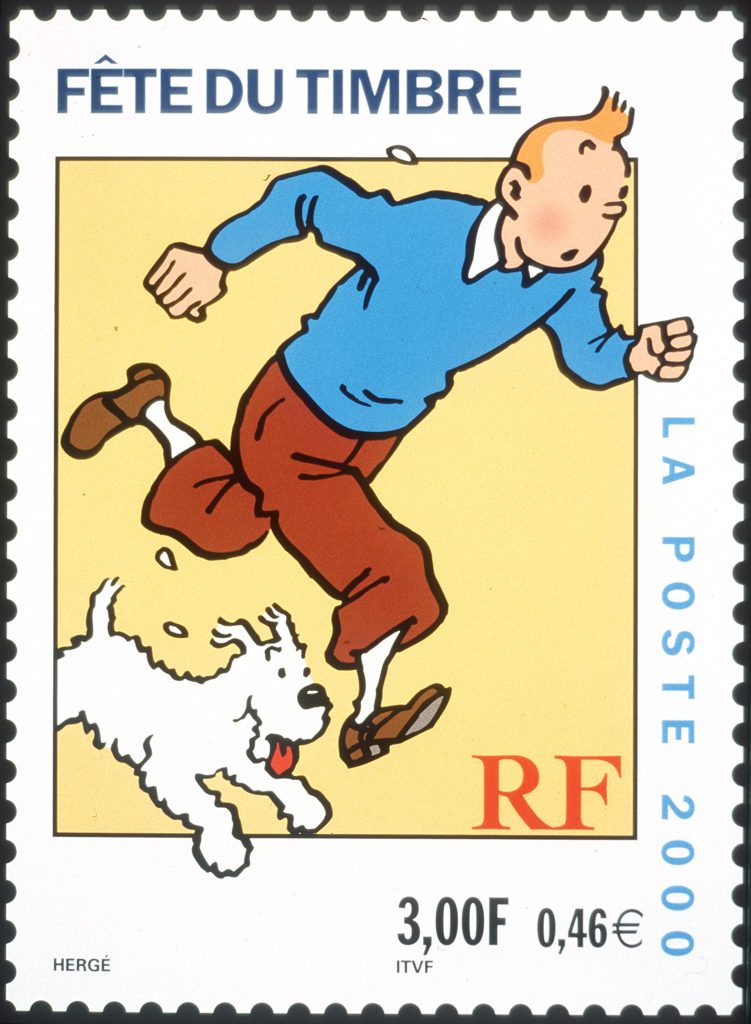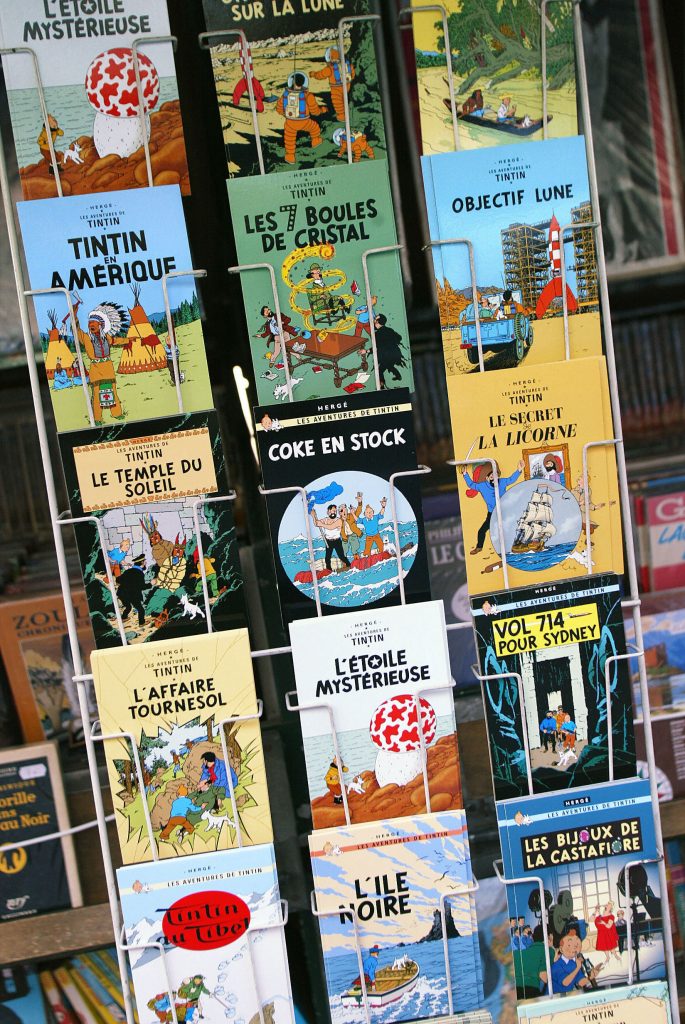The Adventures of Tintin, one of the most beloved European comics of the 20th century, made its historic debut 96 years ago today.
Belgian Cartoonist Georges Remi, best known under his pen name Hergé, struck a chord with his audience when he first published the comic series in 1929 in Le Petit Vingtième, a weekly youth supplement of Belgian newspaper Le Vingtième Siècle. The cartoon follows the protagonist Tintin, a young investigative journalist and his dog, Snowy (or Milou, for those familiar of the original stories in French), as they travel the world and come face to face with different characters and challenges.

Picture showing a stamp, with famous comic strip hero Tintin, EPA PHOTO AFP/HERGE/MOULINSART/
Published in over 70 languages and having sold 200 million copies, Tintin’s first appearance in was in Tintin in the Land of the Soviets, followed a few years later by Tintin in the Congo, and the third edition highlighted Tintin’s adventures in America. Once the stories gained enough traction, they were serialised and became The Adventures of Tintin.
Remi had Tintin travel to dozens of real places—Egpyt, the Belgian Republic of Congo, Iceland, Spain, Italy—but Tintin also adventures in fictional locales of Remi’s imagination, including the fascist state of Borduria, the kingdom of Syldavia, and the Republic of San Theodoros.
Tintin’s character embodied the quintessential qualities of a Boy Scout—creative, truthful, open-minded, and consistently heroic throughout his adventures. Traveling the globe alongside his loyal companion Snowy , he repeatedly confronts challenges that test his principles, yet he always navigates them with integrity and an unwavering commitment to his values.

A display with various comics about reporter Tintin by Belgian author Herge. Tintin, who began his adventures 75 years ago, looks like a young teen because of a growth hormone deficiency and the effects of too many blows to the head, according to a study out 07 December 2004. The study was written by Claude Cyr, a pediatrician at the University of Sherbrooke in Quebec, with help from two experts — his sons Antoine, 5, and Louis-Olivier, 7. AFP PHOTO JEAN-PIERRE MULLER
Remi took inspiration from other cartoonists who illustrated speech bubbles to indicate dialogue. Other popular cartoons, including George Mcmanus’ “Bringing up Father” and George Herrimen’s “Krazy Kat,” creatively used speech bubbles in their pieces in the early 20th century, unknowingly giving inspiration to the next hundred years of cartoonists.
“The Adventures of Tintin” film adaptation hit theaters in 2011, bringing an adored classic to the screen to be enjoyed by all generations. According to The Numbers, the movie made almost 10 million dollars in ticket sales its opening weekend.
As of January 1, The Adventures of Tintin entered the public domain in the United States. Nevertheless, it will be another 30 years before it enters the public domain in the European Union because protections in the region remain in effect throughout the life of the creator plus 70 years after their death.



